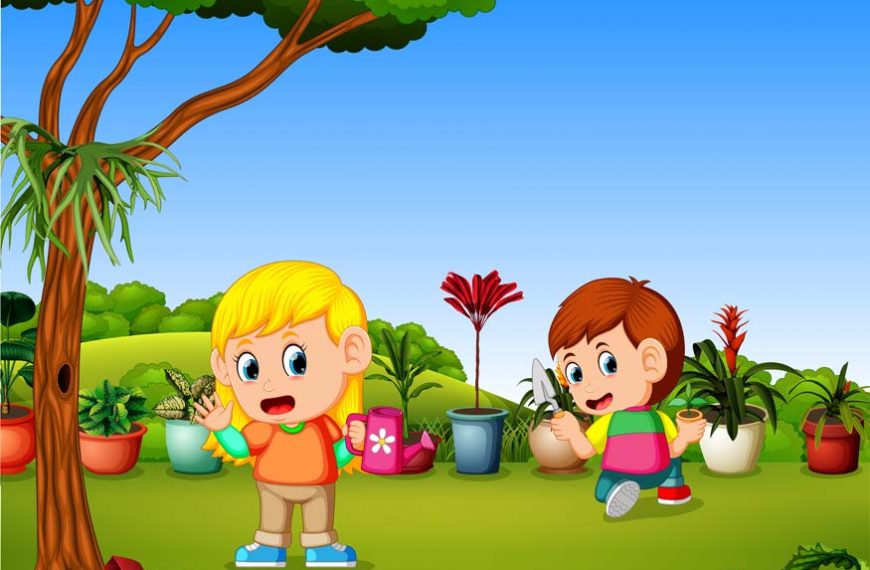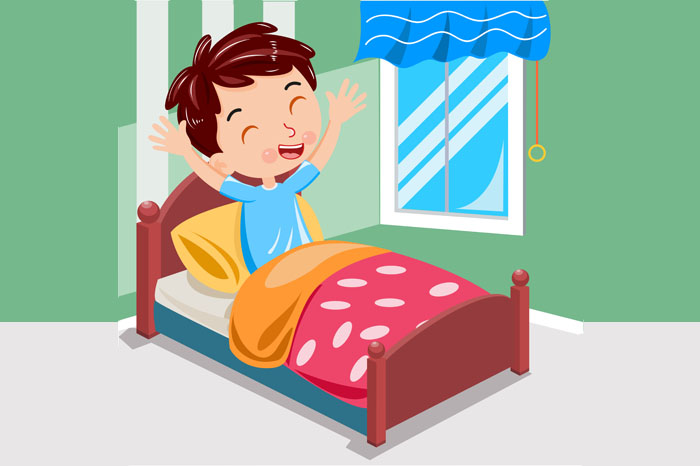Creating Child-Friendly Gardens: Ideas, Tools, and Learning
One of the greatest joys for parents is to witness their child’s enthusiasm for the world around them. A great way to cultivate this interest is through garden-based learning. This article will guide you in designing small garden ideas for toddlers, integrating child-friendly garden design ideas, and selecting suitable toddler garden tools. It will also discuss the benefits of watering plants for toddlers, and the overall positive impacts of children’s activities in the garden.
Child-Friendly Garden Design Ideas
A child-friendly garden is more than a space for your child to play. It’s a sanctuary for their creativity, curiosity, and imagination to bloom. Some key child-friendly garden design ideas to incorporate are secure boundaries, child-safe plants, and dedicated play zones.
Secure boundaries such as fences or hedges are essential to ensure your child’s safety. Choose non-toxic plants, and avoid thorny or poisonous ones. Establish a dedicated play area with sandpits or mud kitchens to enable unstructured play.
Another child-friendly garden design idea is to create different zones for various activities. A sensory garden with plants of different textures, colors, and scents is a great idea. A wildlife corner, with a small pond and bird feeders, could teach them about nature’s diversity.
Small Garden Ideas for Toddlers
Even a small space can become a treasure trove for a toddler with the right design. Here are a few small garden ideas for toddlers.
A mini vegetable patch, for instance, can fit into even the smallest of gardens. Toddlers will enjoy planting seeds and watching them grow into food that they can eat. It’s an excellent method for introducing the concept of healthy eating early on.
A fairy garden or a dinosaur land, decorated with miniature models and plants, is another fun small garden idea for toddlers. It will be a fun space where their imagination can run wild.
Toddler Garden Tools
To involve your child actively in the gardening process, provide them with toddler garden tools. They can have their own miniature spade, rake, and watering can. Opt for lightweight, brightly coloured tools to capture their interest.
Having their own tools can make toddlers feel involved and responsible. Just like adults, they will be proud of their garden work and excited to see the outcome of their efforts. It will also help improve their motor skills and coordination.
Benefits of Watering Plants for Toddlers
One of the simple yet crucial tasks in gardening is watering the plants. There are several benefits of watering plants for toddlers.
Firstly, it helps teach responsibility. By taking care of a plant, children learn about the importance of daily chores and consistency.
Secondly, watering plants helps toddlers understand the concept of cause and effect. They see how water is essential for a plant’s survival and growth.
Thirdly, it can be a calming and relaxing activity. It provides an opportunity for quiet time and focus, away from screens and noisy toys.
Garden-Based Learning
Garden-based learning is an effective way of making education fun and practical. Children can learn about plant life cycles, photosynthesis, and different types of plants and animals in their garden. They can measure the growth of plants, which introduces them to basic math skills.
Gardening is also an excellent opportunity to talk about the environment and sustainability. They learn about composting, recycling, and the importance of bees and other pollinators.
Positive Impacts of Children’s Activities in the Garden
Involving toddlers in garden activities has numerous benefits. It promotes physical activity and encourages a love for nature and outdoor play. Research has shown that children who engage in gardening activities are more likely to have a healthy diet as they enjoy eating the fruits and vegetables they have grown.
Moreover, gardening helps develop patience and resilience in children as they learn that growth takes time and not all plants survive. They learn to handle disappointment and develop problem-solving skills.
Getting Started with Your Toddler-Friendly Garden
Creating a toddler-friendly garden is easier than it might seem, and you can get started with just a few essential steps.
First, take a moment to assess your current garden space. Identify potential hazards such as ponds, poisonous plants or steep drops. Child-friendly garden design ideas focus on safety first, so rectify these hazards where possible or ensure they are securely fenced off.
Next, think about the best ways to create a multi-functional space. Can you designate a patch for a mini vegetable garden? Is there a corner that can be transformed into a wildlife watching zone? Are there any spaces perfect for play, with room for a sandpit or a mud kitchen? Brainstorming and mapping out your ideas can be an exciting project to involve your children in, nurturing their creativity and ownership of the project.
Don’t forget to leave space for open-ended play. Not every part of your garden needs to be organized or have a specific purpose. An open lawn area or a hidden nook under a tree can serve as a canvas for the ever-changing games and make-believe worlds that toddlers love.
Incorporating Garden-Based Learning in Everyday Play
For many parents, one of the main attractions of creating a toddler-friendly garden is the opportunities for garden-based learning. For instance, a daily routine of checking on the garden helps your toddler develop a sense of responsibility and respect for living things.
Documenting the growth of a plant, perhaps through photographs or drawings, is a fantastic way to develop observation skills and introduce concepts such as growth and change over time. Even tasks like counting out seeds for planting can reinforce emerging numeracy skills.
Toddler Garden Tools: More Than Just Toys
When selecting toddler garden tools, it’s important to remember that these are more than just toys. They are instruments that give your child the chance to engage with the garden on a practical level.
Choosing tools that are functional, as well as safe for little hands, is important. They’ll need a watering can that isn’t too heavy when full, a trowel that really digs, and gloves to protect their hands.
Above all, remember that creating a toddler-friendly garden is a process of learning and growth for both you and your child. It’s about fostering a love of nature, cultivating curiosity, and creating treasured memories that will last a lifetime.
Conclusion
A toddler-friendly garden is more than just a beautiful space. It’s a living classroom, a playroom, a gym, and a sanctuary all rolled into one. Through small garden ideas for toddlers and child-friendly garden design ideas, you can create a space that is both educational and entertaining. Toddler garden tools and activities like watering plants add to the hands-on experience, enhancing garden-based learning. Remember, the time and effort you put into creating and maintaining this space will bear fruits in the form of a healthy, happy, and curious child.
At EuroKids, we provide a nurturing environment that enhances learning in children through play-based activities, just like creating a toddler-friendly garden.















